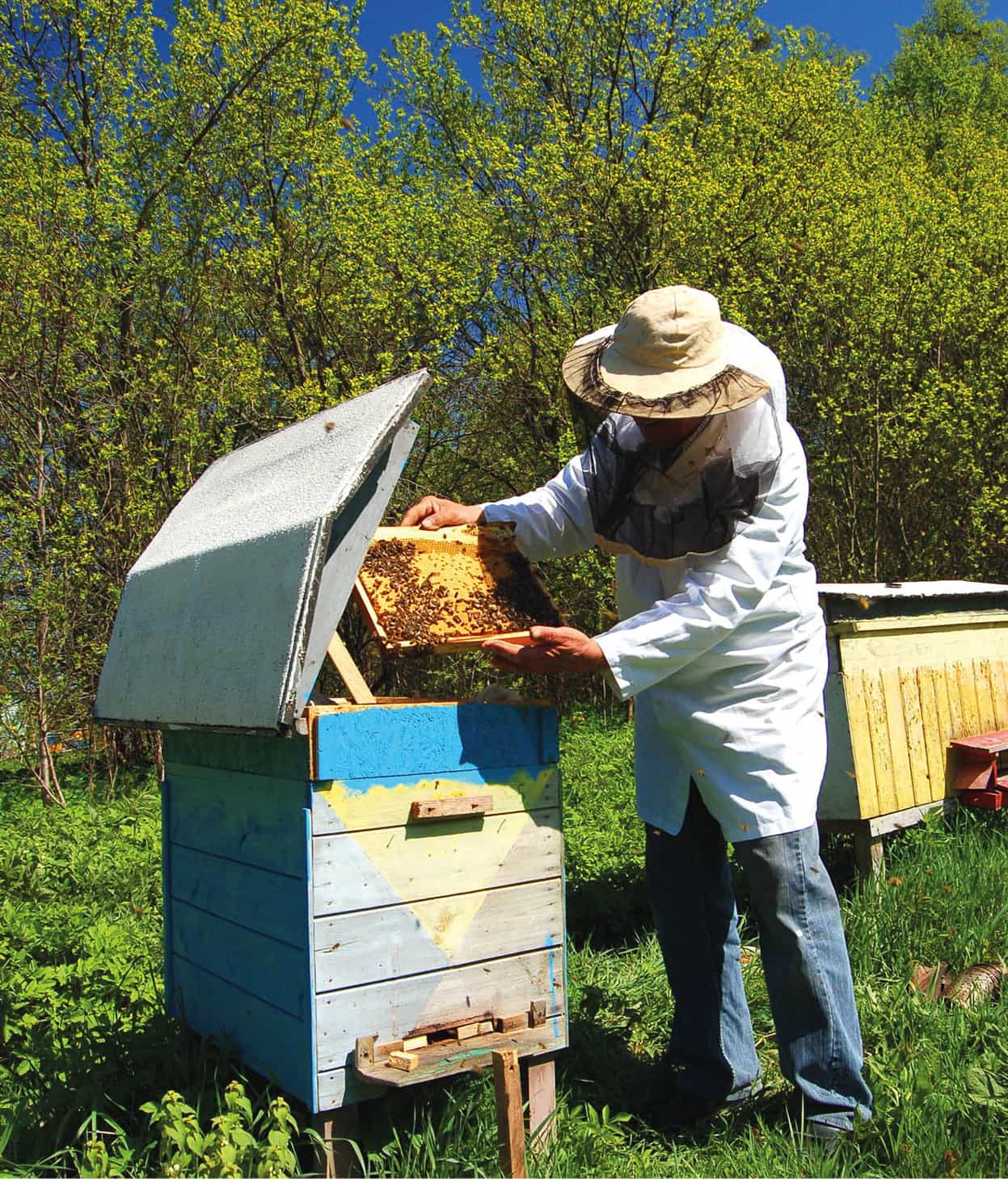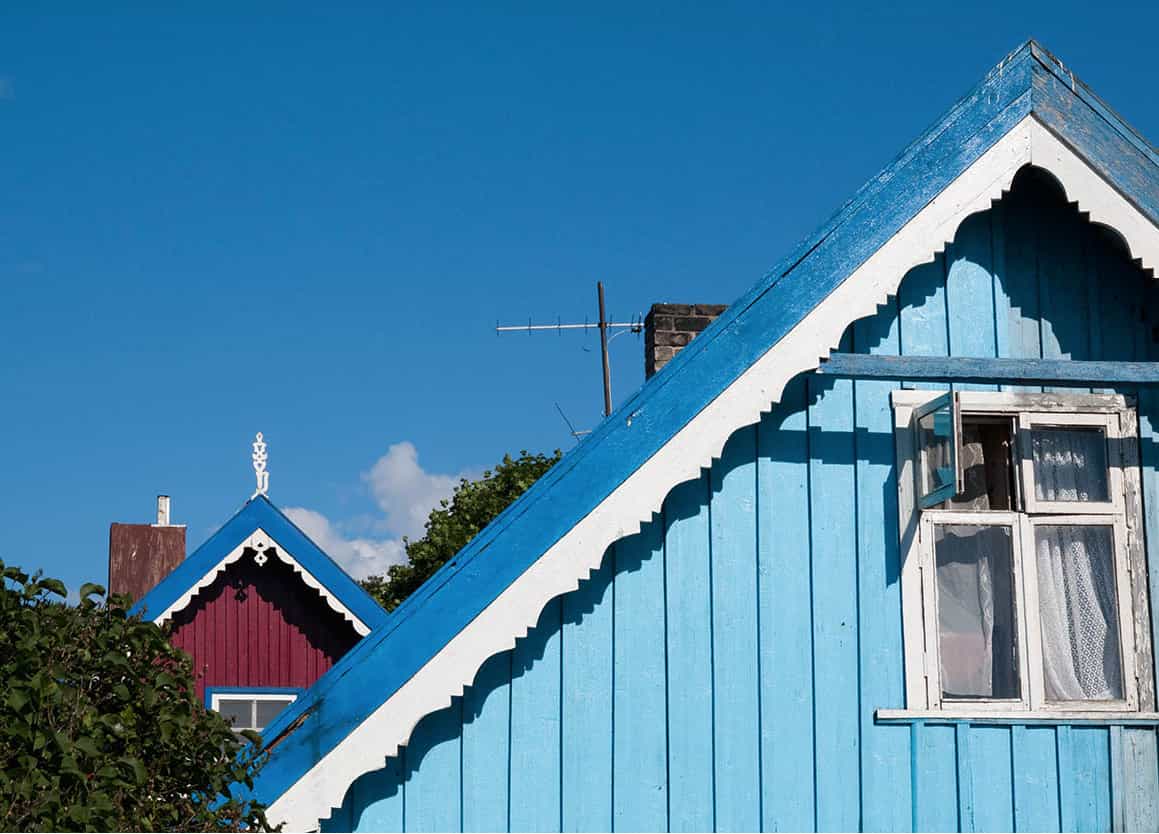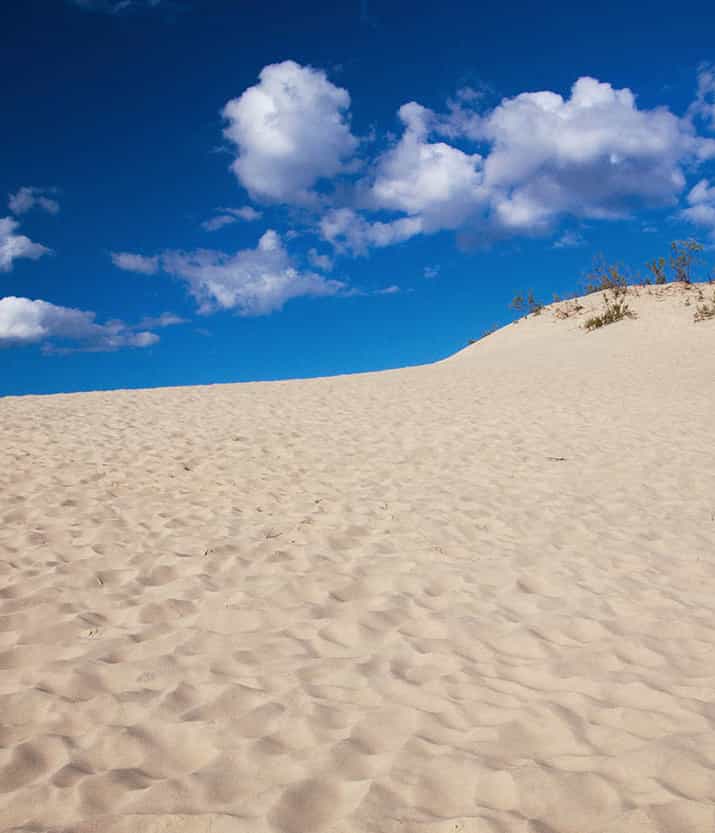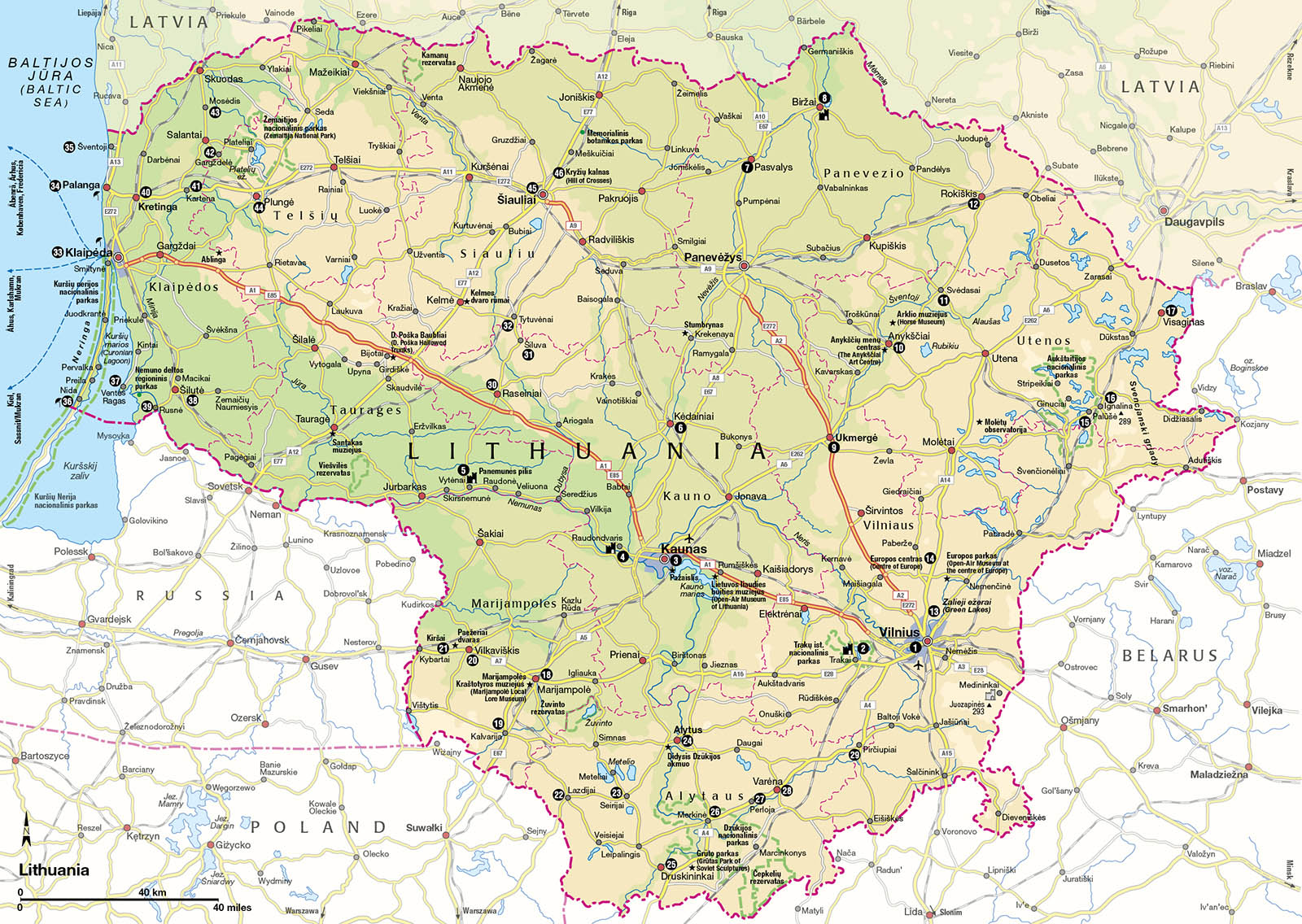The people of Lithuania are predominantly Catholic, a fact that’s impossible to miss. Vilnius, the capital, owes its Baroque flavour to the Jesuits who built its university as well as its many splendid churches. Outside the capital, the astonishing Hill of Crosses, just north of Šiauliai, is the biggest testament to the country’s faith.
These shrines are an extension of a pagan tradition of wood-carving, seen everywhere, from the Witches’ Hill on the Curonian Spit to the monuments commemorating the victims of the crimes committed during the Soviet occupation. Sometimes the recent tragic past doesn’t seem so far away. Some will always think of Vilnius as the Jerusalem of Lithuania, a once-vibrant Jewish community and centre of Yiddish publishing wiped out during the Holocaust.
In spite of their Catholicism, the ethnic Lithuanians were the last people in Europe to convert to Christianity. At the height of its history the Grand Duchy of Lithuania famously stretched from the Baltic to the Black Sea. Such grandeur can be glimpsed at the dukes’ castle at Trakai.

A Lithuanian beekeeper.
Shutterstock

Colourful wooden houses.
APA Micah Sarut

The Lithuanian coast has no shortage of long sandy beaches.
APA Micah Sarut
Vilnius today is a lively capital with nightlife to rival many cities in the West. The country’s second city, Kaunas, is where you’ll find some of the best museums, including one devoted to Lithuania’s towering artistic figure, Mikalojus Konstantinas Čiurlionis.
The River Neris, which connects Vilnius with Kaunas, runs down to a lagoon where it is separated from the Baltic Sea by the Curonian Spit. This exceptional sandbar of small fishing villages stretches south into the old region of Königsberg, now the Russian exclave of Kaliningrad. Further north, Klaipėda, Lithuania’s third city, is the centre of coastal activities and as different to its two bigger relations as can be.
Add to this a rural landscape that’s barely changed in the last century and the result is one of the most endearing and mystifying countries in Europe.
